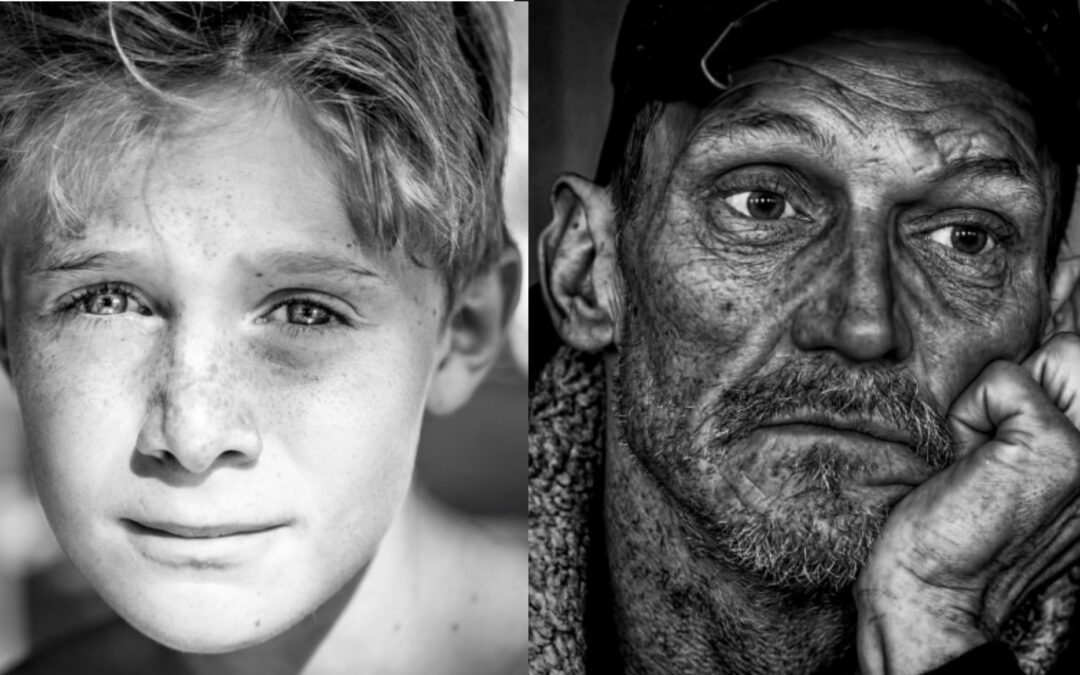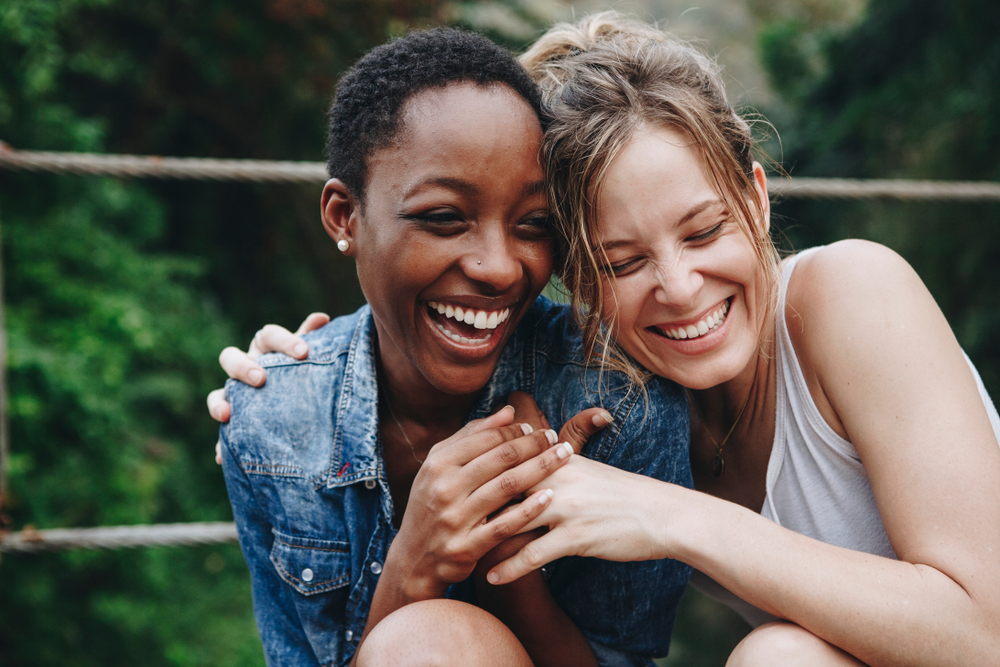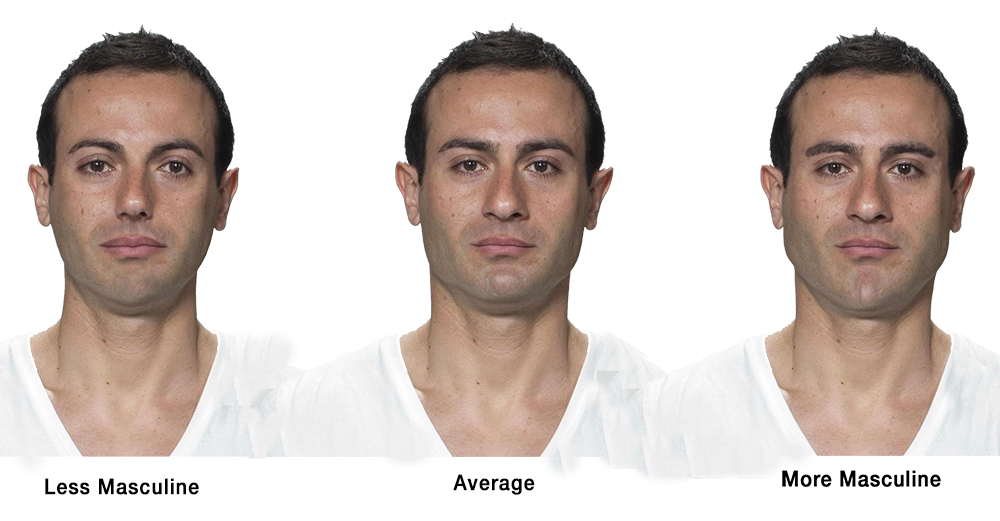
Of Boys and Men – Revisitation of a Crisis in Six Parts
What is needed is a positive vision of masculinity that is compatible with gender equality. We need a prosocial masculinity for a postfeminist world.
~ Richard Reeves*, Of Boys and Men
We don’t have to be androgynous to be equal.
~ Richard Reeves on Real Time with Bill Maher
How to Read This Post and Subsequent Posts about Of Boys and Men
This post summarizes the main ideas in Of Boys and Men – Why The Modern Male is Struggling, Why It Matters, and What To Do About It (2022) by Richard Reeves*. It is an introduction – Part 1 of a 6-part series with ten posts.
Reeves’s landmark book covers a wide range of issues affecting boys and men with voluminous research citations. After an introduction to Reeves’s work and the crisis faced by boys and men this post gives an overview, or “table of contents,” for the nine subsequent posts in the Summary below. Upcoming posts will include some critique of Reeves’s ideas and additional commentary congruent with prior content from Mating Straight Talk.
*Richard Reeves is a senior fellow in Economics Studies at the Brookings Institution, where he directs the Boys and Men Project. He is also the author of John Stuart Mill: Victorian Firebrand (2007) and Dream Hoarders (2017).
Introduction to Of Boys and Men
There is a political stalemate on issues of sex and gender in America. Both sides have dug into an ideological position that inhibits real change. Views on what it means to be a man in the twenty-first century have hardened along partisan lines. But as Richard Reeves writes in Of Boys and Men:
We can hold two thoughts in our heads at once. We can be passionate about women’s rights and compassionate toward vulnerable boys and men.
Politicians Are Making Matters Worse
Progressives refuse to accept that important gender inequalities can run in both directions. They dismiss legitimate concerns about boys and men and pathologize masculinity.
Conservatives appear more sensitive to the struggles of men and boys, but only as a justification for turning back the clock and restoring traditional gender roles. The populist Right weaponizes male dislocation and offers false promises.
Failure of the Left and the Right
“The failure of both Left and Right to respond to the growing problems of boys and men has created a dangerous vacuum in our political life. In the dynamics of culture-war politics, the more the Right goes to the extreme, the more the Left must go to the other, and vice versa. The Left dismisses biology; the Right [perhaps] leans too heavily on it. The Left sees a war on girls and women; the Right [less ardently or clearly] sees a war on boys and men. The Left pathologizes masculinity; the Right pathologizes feminism.” (p. 129)
Reeves describes both positions of the culture war debate but makes it pretty clear who he thinks is winning the broader narrative in our 6thth decade of feminist thought in America. Thus, the urgency of Of Boys and Men.
Don’t Write This Book!
Colleagues advised Reeves that highlighting the problems of boys and men in the current political climate (as defined and narrated primarily by the progressive and pro-female Left) was a perilous undertaking. Some argued that writing this book would be a distraction from the challenges faced by girls and women. But Reeves knew that was a false choice. He also knew that the conditions for boys and men had worsened, and he could not keep silent. A more non-partisan, thousand-foot view was needed – a perspective informed by good data and analysis of underlying causes, including the biased habits of political positions and the lack of critical thinking.
Contemporary Male Malaise
Reeves pushed forward to write a groundbreaking diagnosis of the contemporary male malaise. Many rapid economic, social, and cultural changes over the recent decades pose new challenges to boys and men – especially those at the bottom of the economic ladder. Black boys and men face the most acute challenges of all.
Prelude in Mating Straight Talk and Important Books
In my last post, I identified recent articles and books that revealed the raw and volatile dynamics of male-female relationships (Why I Am Interested in Heterosexual Sex and Heterosexual Relationships?). In 2020, I listed and described a summary of men’s issues and what is at stake for our common good by naming and acknowledging these conditions. (See Men’s Issues: Rights and Systemic Conditions.)
Reeves follows in the footsteps of Hanna Rosin (The End of Men), Andrew Yarrow (Man Out), Kay Hymowitz (Manning Up), Phillip Zimbardo and Nikita Coulombe (Man Interrupted), and Warren Farrell and John Gray (The Boy Crisis).
Of Boys and Men – A New Framing of the Crisis
Of Boys and Men is another attempt to tell the story of the crisis for boys and men in America. It is one of the most important books of the year, not only because it is a comprehensive look at the male crisis but also because it searches for the roots of that crisis and offers solutions. It provides a much-needed new framing of this crisis through social policy, cultural narrative, and politics.
Summary Of Boys and Men in Upcoming Posts, Parts 2-6
Problems and Conditions of Boys and Men – Part 2.1
1. Boys are struggling in the classroom.
2. Men are struggling in the workplace.
3. Men are also struggling with opioids, suicide, and disproportional Covid deaths.
4. Boys are much more hindered by challenging environments than girls.
5. Black men are severely disadvantaged (on all fronts).
6. Policies and programs designed to promote social mobility often work for women but do not work for men.
Problems and Conditions of Boys and Men – Part 2.2
7. Men are demoralized – there is an aspiration gap.
8. More men are leading haphazard and lonely lives – a crisis of identity.
9. Many men are unmarriageable.
10. “Breadwinning” has been severely damaged.
11. There is professional and academic bias against men.
What the Political Left Gets It Wrong About Boys and Men – Part 3.1
1. The Left tends to pathologize masculinity.
2. The Left sees causes as individual and not structural.
3. The Left is unwilling to acknowledge biological sex differences.
4. The Left believes that gender inequality can only run in one direction – to the disadvantage of women — ignoring the disadvantages to men.
What the Political Right Gets It Wrong about Boys and Men – Part 3.2
1. The Right fuels male grievance.
2. The Right believes (according to Reeves) too much in biological sex differences.
3. The Right see solutions as lying in the past rather than the future.
Solutions Offered by Reeves – Part 4.1
1. “Redshirt” boys for schooling; aligning the timing of male brain development (see Part 5.1).
2. Put more men in front of pre-K, elementary, and middle school classrooms and have more men teach English.
3. Provide significant investment in vocational education and training.
4. Get more men into health, education, administration, and literacy (HEAL) occupations. Give men a 2:1 hiring preference for teaching posts in education and health, like the preference for female tenure-track professors in STEM fields.
5. Increase wages in HEAL occupations, including social work, counseling, and teaching.
Solutions Offered by Reeves – Part 4.2
6. Redesign jobs to be fairer for women: more flexible, part-time, and from home. Modernize career ladders away from “greedy” jobs that reward long and uninterrupted hours.
7. Provide more access to childcare and provision for after-school clubs.
8. Provide six months of paid leave for each child for both mothers and fathers.
9. Reform schools to be fairer for boys. Hire more male teachers and label fewer boys as “disruptive.”
10. Reinvent fatherhood as caregivers and teachers during adolescence. Design more father-friendly jobs.
11. Protect custody rights of unmarried fathers.
12. Consider the father’s ability to pay child support and their non-monetary contributions.
13. Establish an Office of Men’s Health in the Department of Health and Human Services to mirror the existing one for women.
14. Establish a National Coalition for Men and Boys in Education.
Biological Differences Between the Sexes: Part 5.1 (Additional detail from Reeves)
• Caveats to Biological Difference
• Brain Development
• Testosterone
Biological Differences Between the Sexes: Part 5.2 (Additional detail from Reeves)
• Aggression
• Risk
• Sex Drive and Motivation
Pay Gap, STEM Careers and Gender Equality Paradox – Part 6 (Additional detail from Reeves)
• Female Earnings and Progress in STEM
• The Paradox in Gender-equal Countries
• Different Work and Different Hours
• The Pay Gap Is a Parenting Gap
Signature Quotes from the Book
• “It is a bad idea to send a cultural signal to half of the population that there may be something intrinsically wrong with them.” (p. 108)
• “Masculinity is not a pathology; it is quite literally a fact of life.” (p. 108)
• “For those on the political left, victim-blaming is permitted when it comes to men.” (p. 109)
• “Many conservatives deny the environmental science of climate change. But many progressives deny the neurosciences of sex differences.” (p. 111)
• “The real debate is not whether biology matters, but how much it does, and when it does.” (p. 87)
• “This is the most dangerous message of all: men are naturally different than women, but only in ways that are bad.” P. 112
• “Our estimates imply that the aversion to having the wife earn more than the husband explains 29% of the decline of marriage rate over the last thirty years.” (Marianne Bertrand, p. 37)
• “The idea of the provider is a major element in the construction of a masculine identity. It is a moral as well as an economic category.” (David Morgan, p. 34)
• “In sum, women mate horizontally and up (socioeconomically), and men mate horizontally and down.” (Scott Galloway)
• “In recent years, most of the scientists identifying natural differences have, if anything, tended to stress the superiority of women.” (p. 111)
• “The dominant narrative of gender equality is framed almost exclusively in terms of the disadvantages of girls and women.” (p. 72)
• “Given the huge progress made by women in recent decades and the significant challenges now faced by many boys and men, it makes no sense to treat gender inequality as a one-way street.” (p. 115)
• “Rather than looking in the rear-view mirror, we need to establish a new basis for fatherhood, one that embraces the huge progress we have made toward gender equality.” (p. 38)
• “Many people on the political Left seem to fear that even acknowledging the problems of boys and men will somehow weaken efforts for women and girls. This is entirely false as a matter of practice and creates a dangerous political dynamic.” (p. 115)
• “By far the biggest difference is not how female and male brains develop but when.” (p.11)
• “There is certainly very little evidence that women are paid less than men for doing the same work in the same way.” (p.26) Women are paid less because they do different work, or work differently, or both.” (p. 27)
• “But as long as men continue to be willing to put in long and often unpredictable hours, the prospects for structural reform [in career ladders] remain dim.” (p. 181) And men will continue to put in long and unpredictable hours because the prize for that is sexual access to women. This fact is the “undiscussable” elephant in the room. (SF)
• “The fact that the highest rungs [of the economic ladder] have male feet all over them is scant comfort for the men at the bottom.” ~ The Economist (p. xi)
• “Conservatives worried about boys and men need to be concerned about economic inequality. But liberals worried about inequality must pay more attention to boys and men.” (p. 72)
• “One study showed that a Black man without a criminal record is less likely to be hired than a similarly qualified white man with a criminal record.” (p. 55)
• “There is simply no way to reduce economic inequality without improving the fortunes of less advantaged boys and men.” (p. 61)
• “The rather boring truth is that masculine traits are more useful in some contexts and feminine ones in others, and neither set in intrinsically better than the other.” (p. 87)
• “It’s not that gender equality discourages girls from pursuing science. It’s that it allows them not to if they’re not interested.” (Olga Khazan, p. 98)






